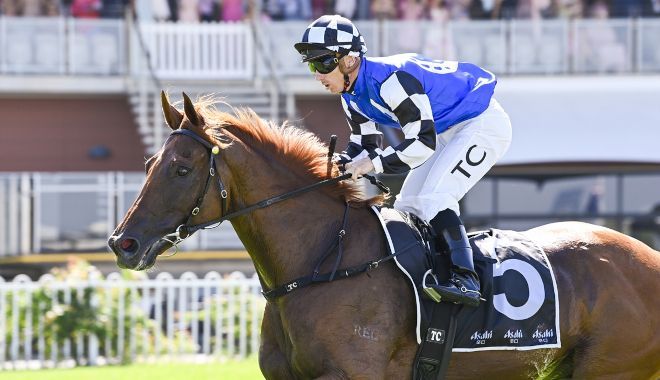555-555-5555
mymail@mailservice.com
New Grading System Announced
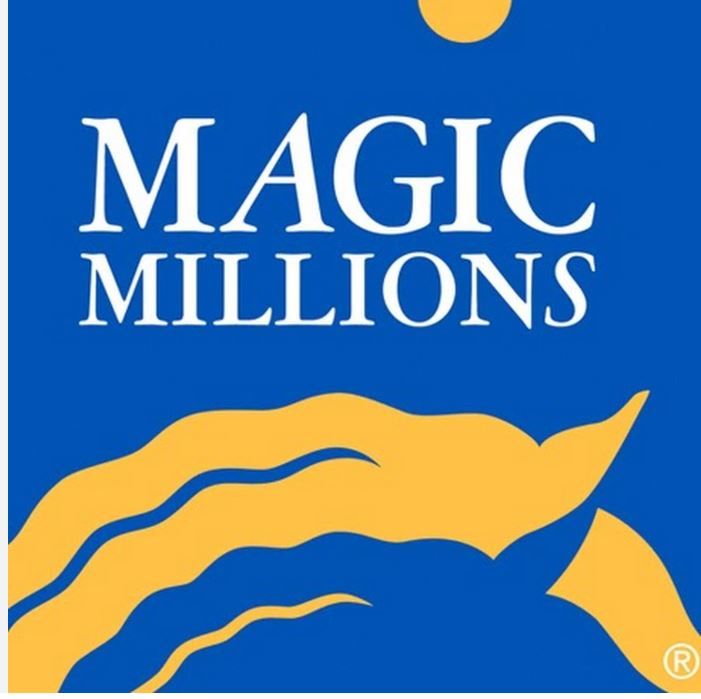
Re: Endoscopic Grading System
The three major sales companies in the southern hemisphere, New Zealand Bloodstock, Magic Millions and Inglis are announcing that the Havemeyer grading system will replace the currently used Lane-Bain Fallon (1993) system, to assess laryngeal function in post-sale endoscopic examinations from the 2025 Sales onwards.
The
2003 Havemeyer 7-point grading system is currently used in the northern hemisphere and is widely accepted as the global standard. As such, it has superseded the Lane-Bain Fallon (1993) 5-point grading system. A comparative table is referenced below.
The validation for the change by Australian/New Zealand sales companies to the more globally accepted Havemeyer 7-point system is due to significant industry concerns surrounding the current endoscopy process using the Lane-Bain Fallon (1993) 5-point system, in conjunction with recent research that indicates the Havemeyer grading system improves grading objectivity and distinction between Lane grade 2 and grade 3 horses. The use of the Havemeyer grading system will see horses with a grade 3 (Lane) classification categorised as either grade II.2 or III.1, thereby reducing the number of horses classified as ‘grade 3’.
Comparative laryngeal function grade table
The change to the Havemeyer grading system seeks to mitigate some of the concerns regarding the sales endoscopy process which include:
1. The variability between veterinarians when grading laryngeal function. Particularly, inconsistency in categorisation of horses as having grade 3 (Lane) laryngeal function. Clear guidelines for assessing function have been recently published, using the Havemeyer grading system, to improve consistency between veterinarians and assist in distinguishing horses with grade 2 and grade 3 (Lane) laryngeal function. Using the Havemeyer system in a recent review of over 5,000 yearling post-sale endoscopic examinations ~95% of yearlings were classified as grade I, II.1 or II.2. Only ~4% were assessed as grade III.1 as opposed to ~20% being classified as grade 3 using the Lane grading system.
2. The widespread concerns that grade 3 yearlings do not perform as well and are more likely to become ‘roarers’ compared to grades 1 and 2 (Lane). Recent research using the Havemeyer grading system indicates no difference in future earnings or race placings between horses with grade II.2 function when compared with horses assessed as having grades I and II.1 function. Similarly, grade III.1 horses showed no difference compared to grades I and II in racing performance as 2 and 3 year olds.
It is important to note that post-sale endoscopic assessment of laryngeal function, which does not satisfy the Conditions of Sale (inability to fully open one side of the larynx), is unchanged regardless of the grading system used. Inability to fully open one side of the larynx (arytenoid cartilage) is classified as a Grade 4 (Lane) and Grade III.2 (Havemeyer).
In Summary:
The revised grading scale is likely to better serve vendors, buyers, and sales companies in Australia and New Zealand. The change in grading system used is not complex or of large magnitude, and the vast majority of sales veterinarians canvassed support the change.
Importantly, recent Australian research supports adopting the Havemeyer grading scale to align with current international practice, for the betterment of the Australian and New Zealand industries.
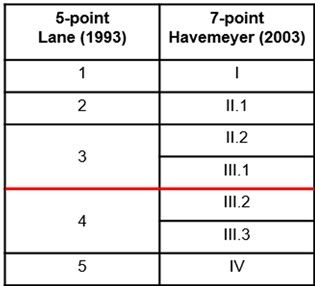
Contact Us
We will get back to you as soon as possible.
Please try again later.
Latest News
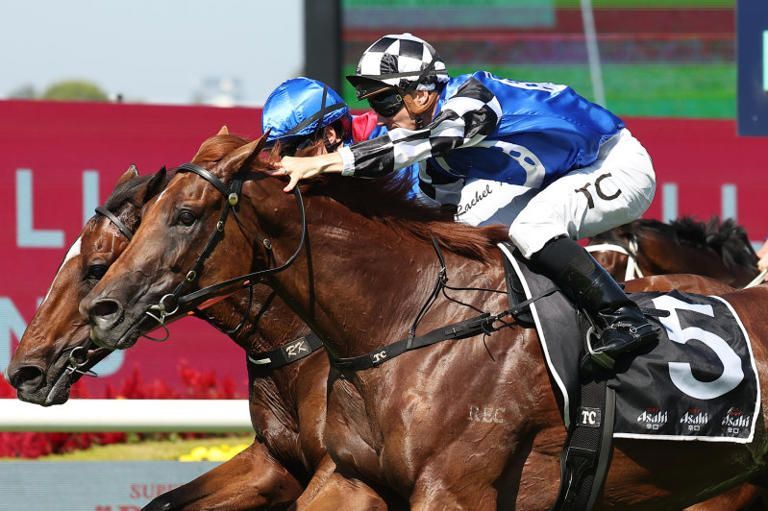
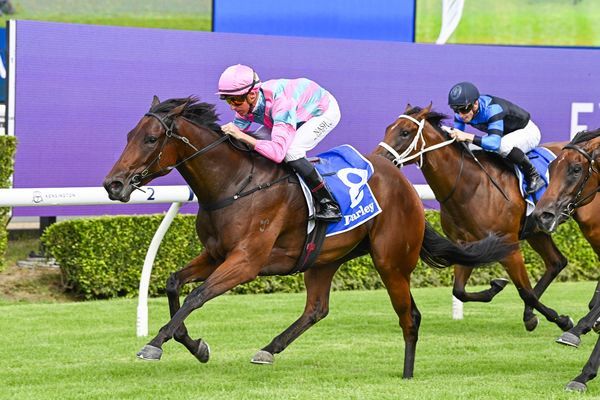
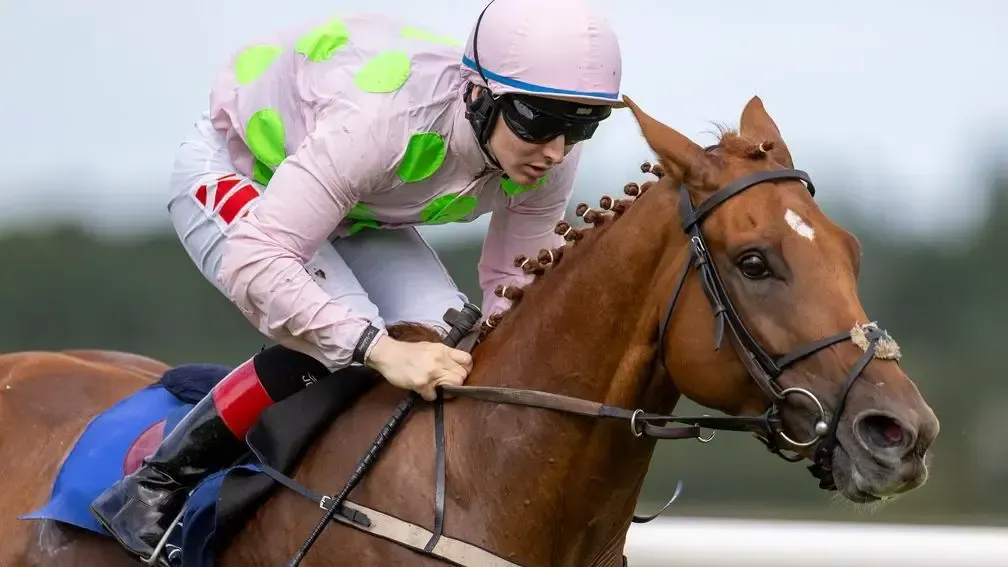
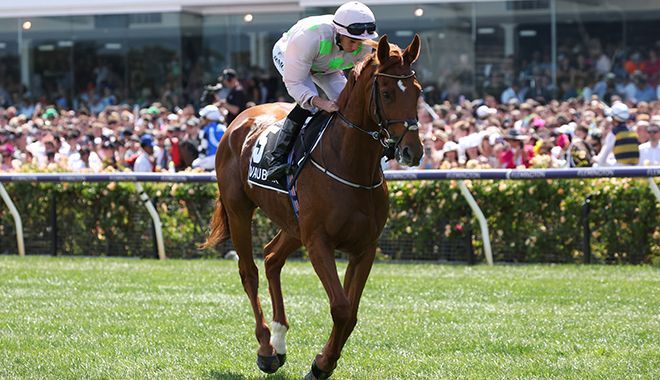
PO BOX 208 Rutherford NSW, 2320 Australia
Office: 1300 964 797
Luke Murrell: 0407 451 823
Jamie Lovett: 0409 270 980

